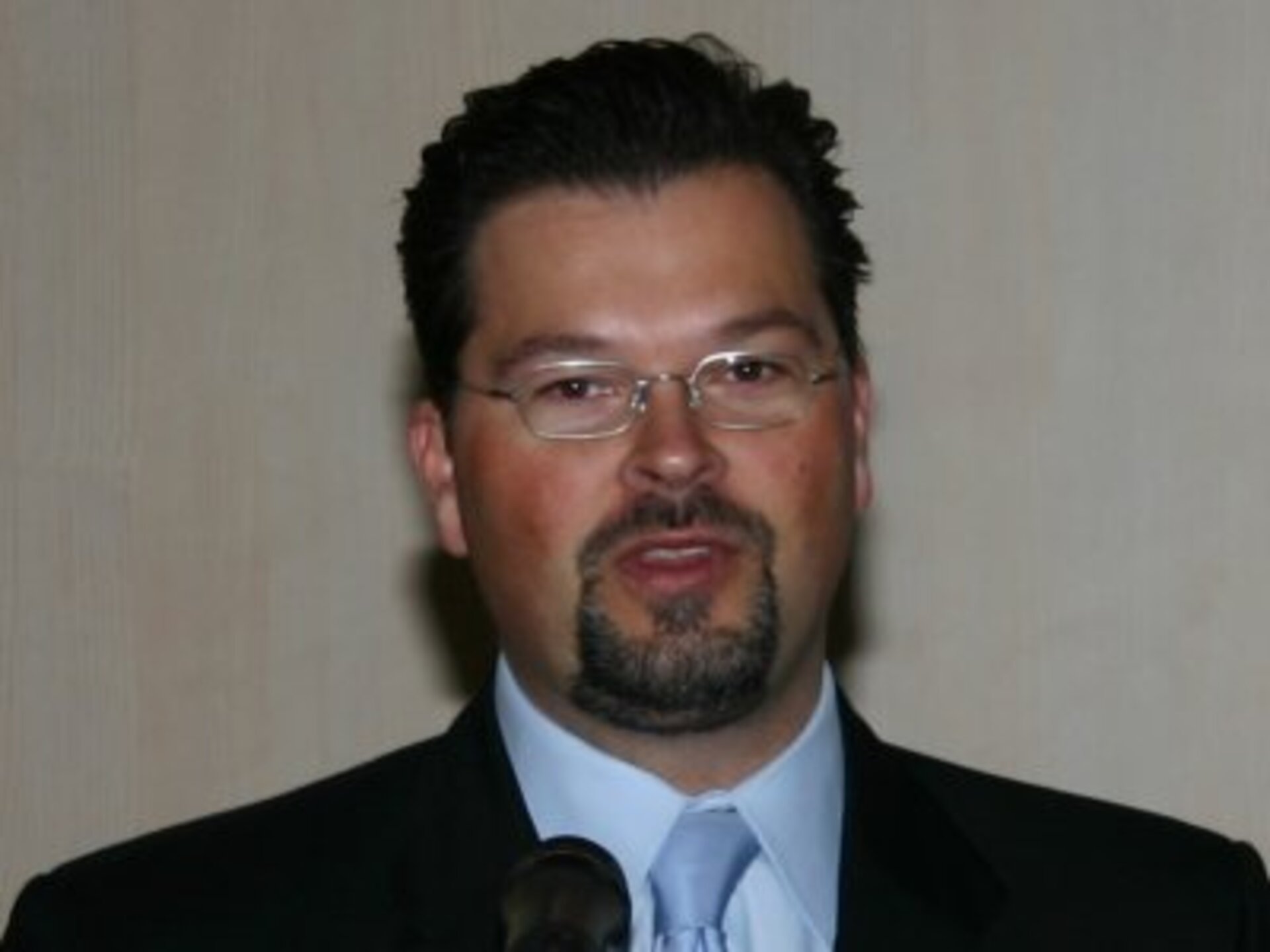Innovations for Europe through Technology Transfer
Frank Salzgeber, Head of ESA’s Technology Transfer Programme, explains how technology transfer uses the impetus of European space technology research to stimulate innovation.
Technology transfer is a buzzword that is often used but even more often not understood. What does it mean?
Technology transfer is the usage of technology but also most of the time know-how that was developed for one application and – with modifications – is then applied to a completely different one. Often technology transfer is associated with the pure selling of intellectual property rights (IPR), but it is much more. The IPR is not worth a whole lot without the expertise and experience of the engineer who developed the technology. Knowledge transfer is a big part of the technology transfer progress, which is often underestimated.
The most interesting transfers actually happen between branches of industry and not within an economic sector – say, from automotive to automotive. It is interdisciplinary transfer that generates real innovation.
The ESA Technology Transfer Programme wants to foster the transfer of space technology in European industry. That is quite a broad aim. What does it entail?
Having a Technology Transfer Programme at the European Space Agency (ESA) means exploiting the efficiency of a system to the maximum. What we do is recycling the technology that was already developed for space to make other industry sectors benefit from it as well.
Europe, via ESA, is investing a significant amount of money into the development of technology and space systems. We often speak of space technologies in this context, but the correct term is actually 'enabling technologies'. This is quite up-to-date, as lots of industries, like for instance the automotive branch, are looking for light materials, energy efficient systems, and special durable structures.
If you want to make a car more effective in terms of fuel consumption, you can try to modify the engine, but you can also work on the efficiency of embedded systems, on system integration. These are old problems for the space industry, and solutions already have been developed.
How can space tech benefit us in everyday life?
Innovation and invention are not the same as per definition. Invention may entail lots of money and lots of time spent. Generally speaking, an invention does not always have to be innovative.
An innovation on the other hand can be making use of something that was originally developed for a totally different field. This can be seen in lots of different areas where we applied space technology.
Space sensors are used in medicine, space-derived material can be found in cars – and these transfers do not have to be big scale to have a big impact. I always draw parallels between the iMac and a regular PC: a little bit of color can make a totally different product.
To transfer a technology from one sector to the next sounds a lot like recycling already present knowledge. how is that innovative?
Who says that recycling is not innovative? We have to ask ourselves: do we want to spend millions in R&D or do we just take the result of R&D that already happened and just utilize the outcome and findings of this research and apply them to innovate?
The problem here is that innovation is not lying on the street. You have to be a little bit crazy and think outside the box to draw the connection between different things. Usually a rocket scientist and a health engineer do not meet each other every day – except for maybe by accident on a plane. What ESA’s Technology Transfer Programme is doing is bringing these different people together to foster the transfer of knowledge in order to improve technology and in the end create new and innovative products.
ESA's Technology Transfer Programme Office (TTPO)
The main mission of the TTPO is to facilitate the use of space technology and space systems for non-space applications and to demonstrate the benefit of the European space programme to European citizens. The office is responsible for defining the overall approach and strategy for the transfer of space technologies including the incubation of start-up companies and their funding. For more information, please contact:
ESA's Technology Transfer Programme Office
European Space Agency ESA
Keplerlaan 1, 2200 AG, Noordwijk ZH
The Netherlands
Phone: +31 (0) 71 565 6208
Email: ttp @ esa.int
Website: http://www.esa.int/ttp
This article was published in the 'Space for Business', ESA’s Technology Transfer Programme Newsletter, 2009 issue 1.




